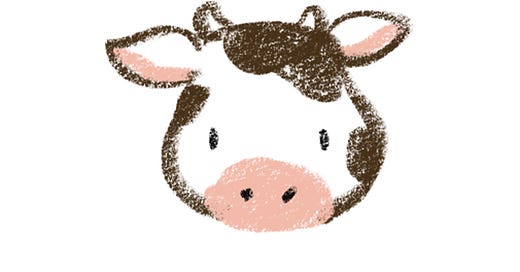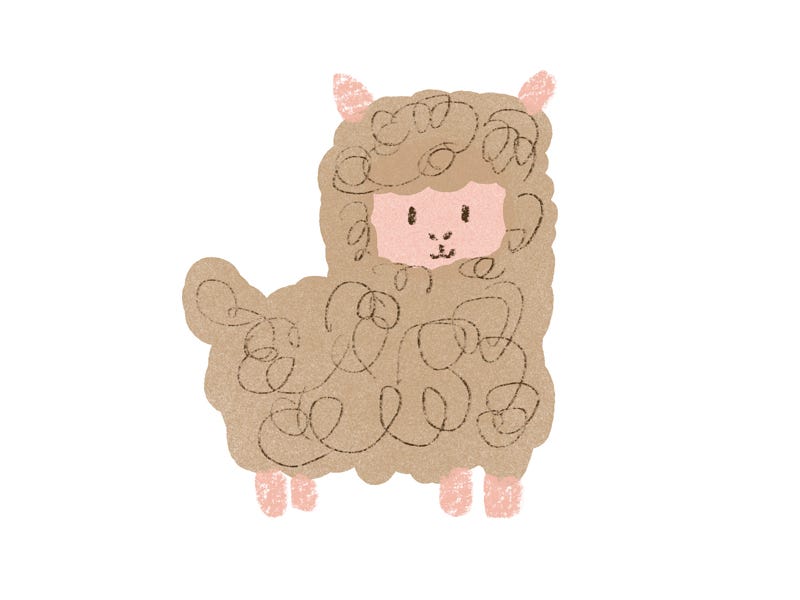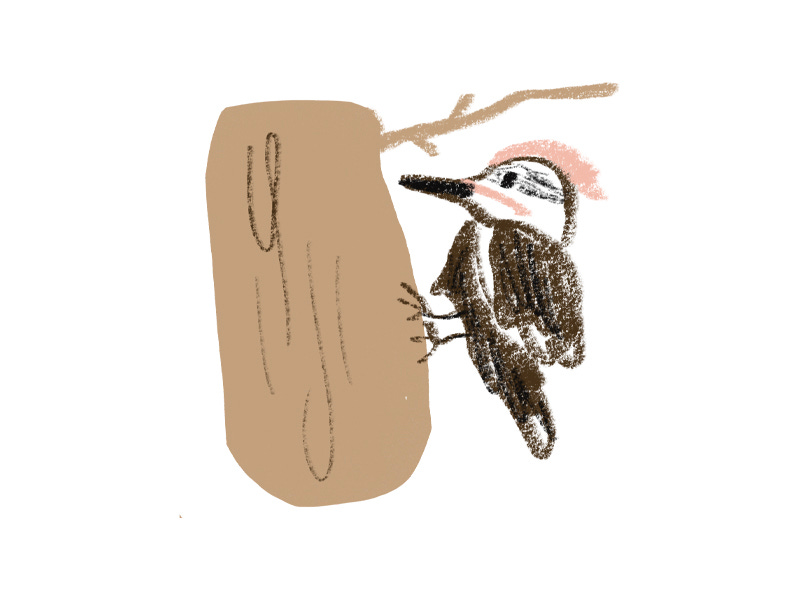If you’re new to this newsletter, this is my just-for-fun segment each month that is essentially: “What I Googled This Month”. The intention is to bring some levity to your inbox and who knows- maybe you can parade some new fun facts at your next gathering.
You can read a brief blurb about my insatiable thirst for random facts here.
Please note: I am not an expert and this is truly just for fun. I don’t personally stand behind any of the sources. If you’d like to learn more or fact check, feel free to do some googling on your own as well and let me know what you find!
What I learned: As you probably guessed, in urban areas, clouds will reflect the artificial light from the ground (compared to rural areas where clouds appear as darker spots in the sky). Lower cloud cover will also reflect more light. (Source)
While looking up this question, I also found this which explains why cloudy nights feel warmer than clear nights.
Why I googled: Last week I went to an alpaca & llama farm for the first time and witnessed their spitting first hand (luckily not directed at me). We were told that this was their primary defence mechanism which felt…. maybe a little ineffective?
What I learned: It seems like they mainly spit at each other as a show of dominance , when they fight over food, or when a female wants to tell a male she isn’t interested. (Source) There are two types of spit— one being liquid that’s already in their mouth, and the other being less spit and more projectile vomit. The alpaca isn’t usually a fan of doing this as the stomach acid in the vomit can numb its lips.
In terms of keeping predators away, there may be some spitting but also kicking. Alpacas can stomp a small predator to death if needed. And of course, because they’re prey, they can also run away.
Why I googled: As someone who is around horses every week, I’ve been on the receiving end of a chomp and have witnessed a few as well. The new barn I’m at has cows and while their noses look so boop-able, I was worried about getting my hands too close to their face.
What I learned: Cows don’t have upper teeth! They have a “dental pad” which is a hard gummy area.
Do they bite like how horses and dogs do? No. But it still isn’t recommended to go around sticking your hand in their mouth either because their lower teeth can bite down/ cause pain if they feel threatened. (Source.)
What I learned: In the past, the belief/ theory was that woodpeckers have some sort of built-in shock absorption in their skulls— whether it was a spongy skull bone, or their tongues wrapped around their brain like a seatbelt (Source). However, recent research is proving that wrong:
The birds actually minimize the need for shock absorption. How? Their heads and beaks essentially act like a stiff hammer, striking and stopping in unison. (Source)
Now, compare this to a human:
When a football player rams into an opponent, their head comes to a stop but their brain continues forward, compressing in the front and stretching in the back, sometimes damaging the brain.









A Numb Lip Llama is my Wu Tang name